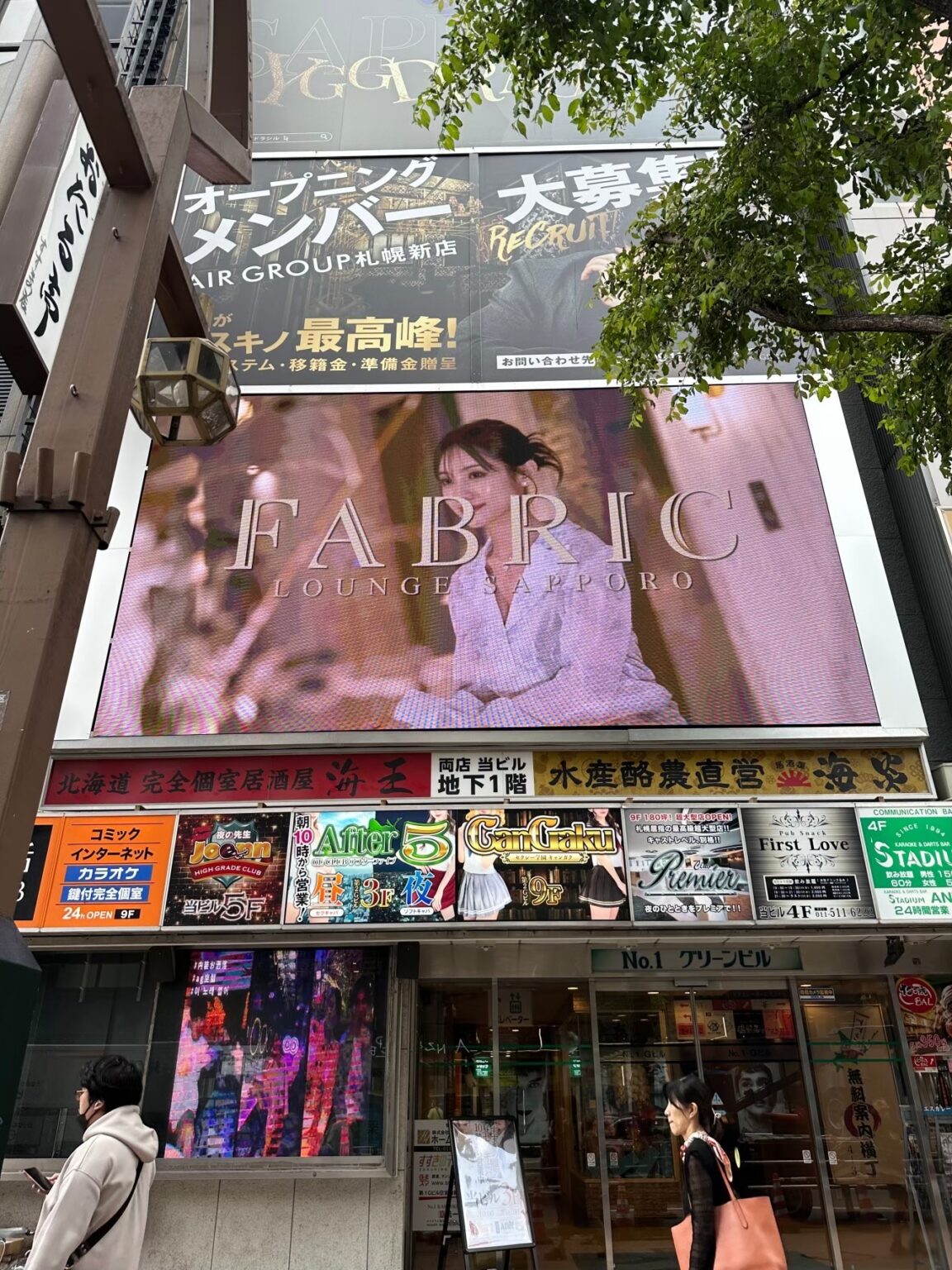What is LEDVISION-LAB?
LEDVISION-LAB is a leading online resource dedicated to explaining the world of LED display technology in a way that’s easy to understand — even for beginners. Whether you are a company exploring modern marketing tools, a store owner planning to install a display, or an event manager looking for large-scale video walls, LEDVISION-LAB provides practical information to help you make informed decisions.
The platform covers everything from the basics of LED vision and digital signage to product comparisons, case studies, and real-world applications. Its mission is simple: to make LED and display technology accessible to everyone, helping businesses use light, color, and motion to connect with their audiences more effectively.
The Power of Digital Signage
Digital signage refers to the use of digital screens to display content such as advertisements, videos, schedules, or brand messages. Unlike traditional posters or banners, digital signage is dynamic — it can change content instantly, react to audiences, and deliver real-time updates.
Today, digital signage is used in shopping malls, restaurants, airports, stadiums, and public spaces worldwide. It has become one of the most effective tools for communication and branding because it combines visual impact, flexibility, and interactivity. Businesses can easily update promotions, display live data, or showcase video content that draws customers in.
LEDVISION-LAB explains how digital signage works, what types of displays are available, and how to choose the right technology for different environments. It also highlights how digital signage can integrate with software solutions for remote content management — allowing users to update displays anytime and anywhere.
Understanding LED Vision and LED Display Technology
The term LED Vision encompasses all types of visual displays that use Light Emitting Diodes (LEDs) to produce bright, high-quality images. These displays are known for their vivid colors, energy efficiency, and long lifespan. Unlike older display technologies such as LCD or plasma, LED displays deliver superior contrast and visibility, even in outdoor or high-brightness environments.

An LED display is composed of thousands of small LED lights that form pixels. These displays can be scaled to any size, making them ideal for both small indoor monitors and massive outdoor billboards. LED monitors, a more compact version of LED displays, are widely used in retail, control rooms, offices, and exhibitions due to their clarity and precision.
At LEDVISION-LAB, users can find detailed breakdowns of different LED display types — including SMD (Surface-Mounted Device) and DIP (Dual In-line Package) technologies — as well as guidance on choosing between indoor and outdoor models. The platform also provides comparisons between LED vs. LCD displays, helping users understand performance, cost, and maintenance differences.
Applications Across Industries
The versatility of LED vision technology means it can be adapted to countless industries and uses. LEDVISION-LAB often showcases case studies demonstrating how businesses transform their spaces using LED and digital signage solutions.
- Retail & Shopping Centers: Bright LED displays attract customers, showcase promotions, and create memorable shopping experiences.
- Corporate Offices: Digital signage enhances internal communication by displaying company news, schedules, or dashboards in real time.
- Events & Exhibitions: LED video walls are a staple of trade shows and live performances, providing immersive backdrops and visual effects.
- Transportation Hubs: From flight schedules in airports to train information displays, digital signage helps keep passengers informed.
- Hospitality & Restaurants: LED menus and interactive boards modernize customer engagement and simplify updates to offerings.
Each example reflects how visual technology has become a cornerstone of modern communication — blending creativity, design, and innovation.
Why LEDVISION-LAB Matters
Choosing the right LED display or digital signage system can be challenging. Factors like pixel pitch, brightness, resolution, and cost vary significantly between products. LEDVISION-LAB simplifies this process by providing unbiased information and expert advice to help users select solutions that meet their unique needs.
By breaking down complex concepts into simple terms, LEDVISION-LAB empowers business owners and decision-makers to understand the value behind each investment. The platform also stays up to date with the latest trends in display technology — such as transparent LED screens, curved LED panels, and energy-efficient smart signage.
The Future of LED and Digital Communication
As technology advances, LED vision and digital signage will continue to play a critical role in shaping how we experience information and advertising. Innovations like AI-powered content, interactive touch displays, and 3D holographic signage are already redefining audience engagement.
Through LEDVISION-LLAB, users can stay ahead of these trends, gaining insight into how digital display technology can transform spaces, inspire creativity, and improve communication efficiency.
In essence, https://ledvision-lab.com/ bridges the gap between technology and understanding — guiding you from curiosity to confident implementation. Whether you’re a beginner or an expert, it’s your go-to hub for all things related to LED displays, monitors, and digital signage.